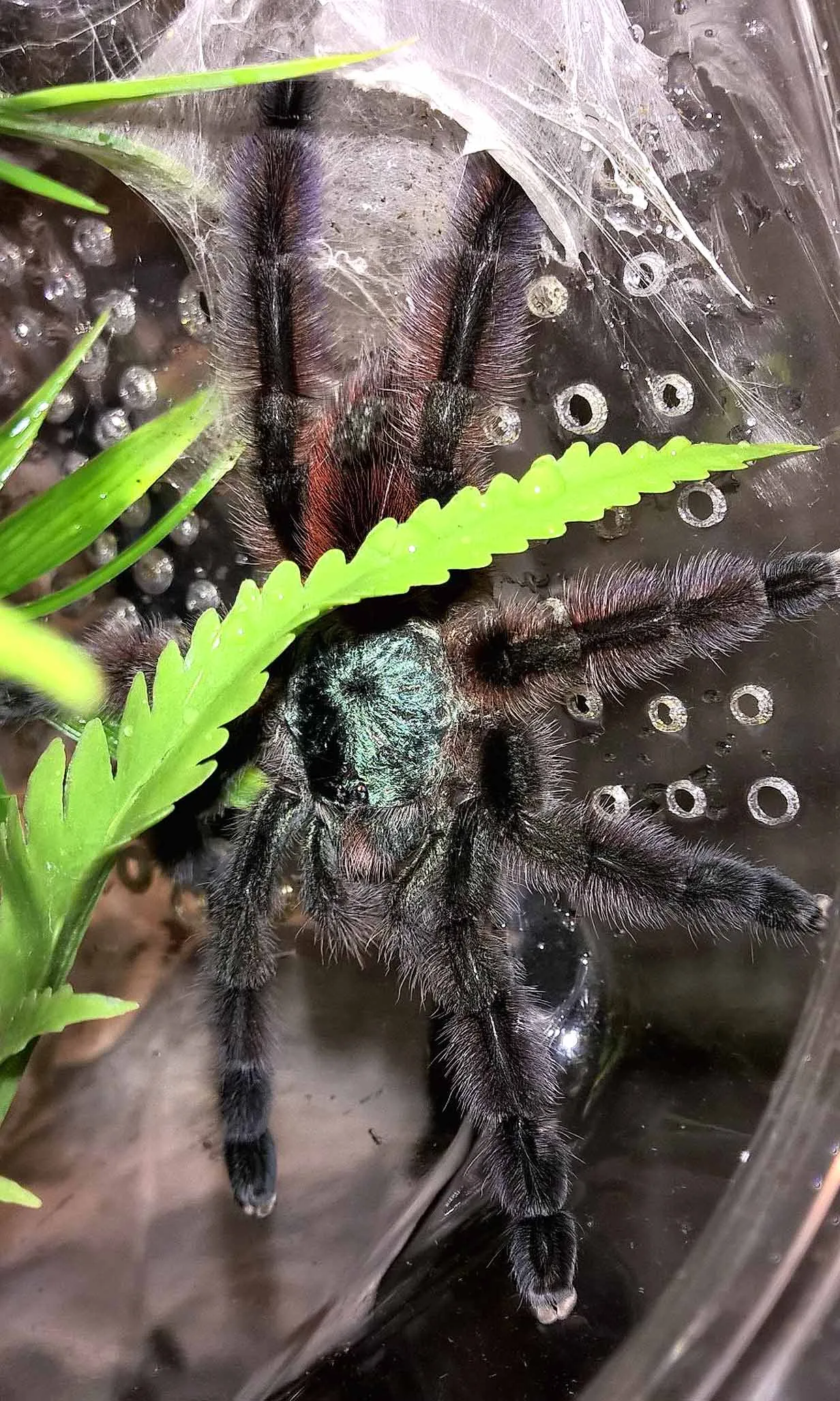Top 7 Amazing Secrets about Tarantulas
Tarantulas, with their imposing size and often misunderstood reputation, are fascinating creatures. These arachnids have captivated humans for centuries, inspiring both fear and fascination. Beyond their appearance, tarantulas possess a wealth of secrets that reveal their complex lives and unique adaptations. This article delves into seven amazing facts about tarantulas, uncovering the wonders of these eight-legged marvels. Prepare to be amazed by the world of tarantulas!
The Tarantula’s Incredible Size
One of the most striking features of tarantulas is their impressive size. Unlike many other spiders, tarantulas can grow to be quite large, making them a truly captivating sight. Their size is not only impressive but also plays a significant role in their survival, allowing them to effectively hunt prey and defend themselves from predators. The size of a tarantula is a testament to its robust nature and ability to thrive in diverse environments. This incredible size is definitely one of the most amazing secrets.
How Big Do Tarantulas Get?

The size of a tarantula varies depending on the species, but some can reach remarkable proportions. The largest tarantulas can have a leg span of over 10 inches, making them bigger than many people’s hands. The body length can also be quite substantial, contributing to their overall imposing appearance. This impressive size makes them stand out among the arachnid world, and it’s a major reason why they are so interesting to observe. Tarantulas’ size is a significant factor in their hunting capabilities and defense mechanisms.
Examples of Giant Tarantula Species
Several species of tarantulas are known for their giant size. The Goliath birdeater (Theraphosa blondi), for instance, is one of the largest spiders in the world, with a leg span that can reach up to 12 inches. Other notable giants include the goliath birdeater and the pinkfoot goliath. These impressive arachnids showcase the diversity in size within the tarantula family, each adapted to its specific environment and lifestyle. These giants are a testament to the evolutionary success of tarantulas.
Tarantulas and Their Silk
Tarantulas, like all spiders, produce silk, which is a versatile and essential part of their lives. While not as elaborate as the webs spun by some other spider species, tarantula silk serves a multitude of purposes. From creating shelters to aiding in hunting, the silk is a key element of their survival. This remarkable material underscores the adaptability and resourcefulness of these creatures, and is one of the more amazing secrets.
How Tarantulas Use Silk

Tarantulas use silk in various ways. They use it to line their burrows, creating a safe and comfortable habitat. The silk also helps them to climb and move around, providing traction on surfaces. In addition, tarantulas use silk to create trip lines around their burrows, alerting them to the presence of potential prey or predators. The silk is a fundamental tool for their survival and daily activities.
Unique Uses of Tarantula Silk
Beyond basic functions, tarantula silk has some unique uses. Some species use silk to wrap their eggs, protecting them until they hatch. The silk also plays a role in the molting process, providing a safe surface for the tarantula to shed its exoskeleton. The versatility of tarantula silk highlights the amazing adaptations that allow these spiders to thrive in diverse environments. The unique usage makes it one of the amazing secrets.
Tarantulas and Their Venom
Tarantulas are often associated with venom, and while they are venomous, the reality is often misunderstood. Their venom is primarily used for subduing prey, and its effects on humans are generally not as dangerous as many people believe. Understanding tarantula venom is crucial to dispelling common myths and appreciating the true nature of these creatures. The truth behind this amazing secret can be surprising.
Is Tarantula Venom Dangerous to Humans?

The venom of most tarantulas is not considered life-threatening to humans. While a bite can be painful and cause some localized symptoms like redness, swelling, and muscle cramps, serious complications are rare. Allergic reactions can occur, but in most cases, the effects are mild and temporary. The fear of tarantula venom is often disproportionate to its actual danger.
How Tarantulas Use Their Venom
Tarantulas use their venom primarily to immobilize their prey. When a tarantula bites an insect or small animal, it injects venom that quickly paralyzes it, allowing the tarantula to consume its meal. The venom is a critical tool in their hunting strategy, making it possible for them to capture and consume a wide range of prey. The use of the venom itself is one of the most amazing secrets.
Tarantulas and Their Habitat
Tarantulas are found in a variety of habitats around the world, each adapting to their specific environment. Their ability to thrive in diverse conditions is a testament to their resilience and adaptability. From tropical rainforests to arid deserts, tarantulas have found ways to make themselves at home. The variety of habitats is one of the most amazing secrets.
Where Do Tarantulas Live?

Tarantulas can be found in many different parts of the world, including North and South America, Asia, Africa, and Australia. They prefer warm climates, and their habitats range from forests and grasslands to deserts and scrublands. Their distribution is a direct result of their ability to adapt to the variety of environmental conditions available. The habitat is where they can thrive and prosper.
Adapting to Different Environments
Tarantulas have developed various adaptations to survive in their respective habitats. Some species burrow underground to escape extreme temperatures, while others live in trees or under rocks. Their coloration and behavior also vary, helping them blend in with their surroundings and avoid predators. The ability to adapt to different environments highlights the incredible resilience of these arachnids.
Tarantulas and Their Diet
Tarantulas are primarily carnivorous creatures, and their diet consists mainly of insects and small animals. Their hunting skills and feeding habits are finely tuned to capture their prey efficiently. Understanding what tarantulas eat is important to understanding their role in the ecosystem. Their diet is another of the amazing secrets.
What Do Tarantulas Eat?

The diet of a tarantula typically includes insects such as crickets, cockroaches, and beetles. Larger tarantulas may also consume small vertebrates, such as lizards, mice, and even small birds. They are opportunistic predators, and their diet can vary depending on what’s available in their environment. Their diet is an important piece to their survival puzzle.
Tarantula Feeding Habits
Tarantulas typically ambush their prey, waiting patiently for an opportunity to strike. They use their fangs to inject venom, paralyzing the prey before consuming it. They crush their food using their chelicerae, essentially turning it into a liquid before sucking it up. Tarantulas are efficient hunters, and their feeding habits demonstrate their predatory prowess.
